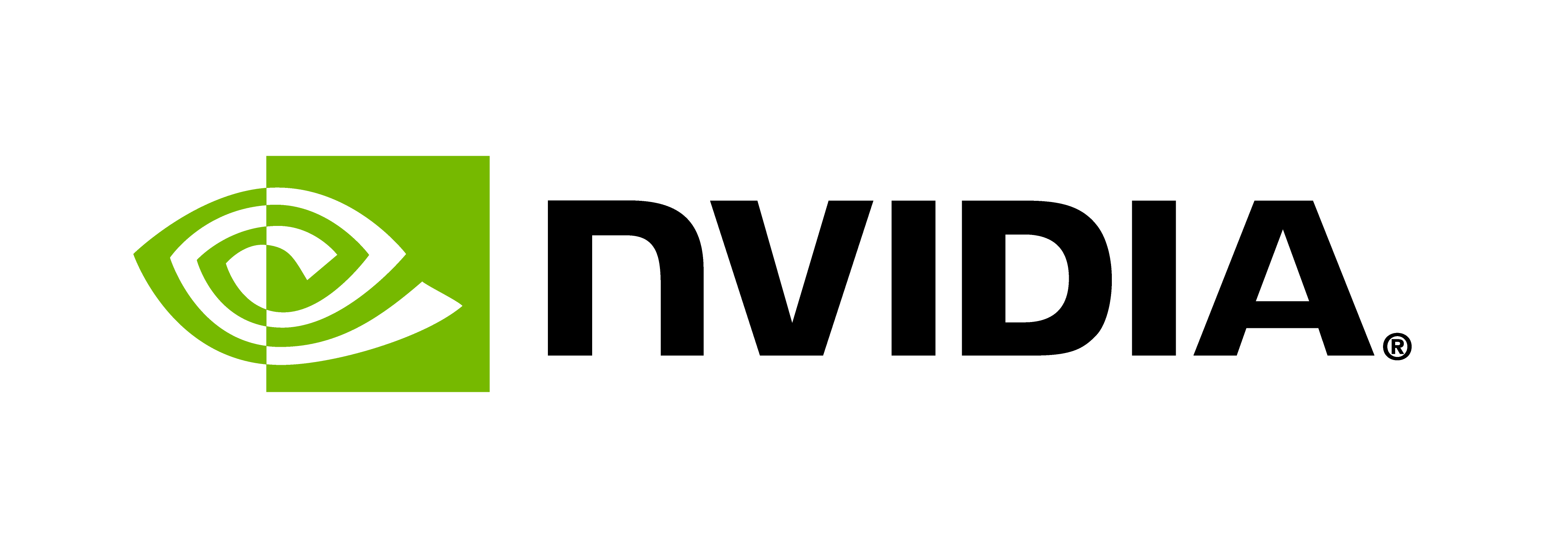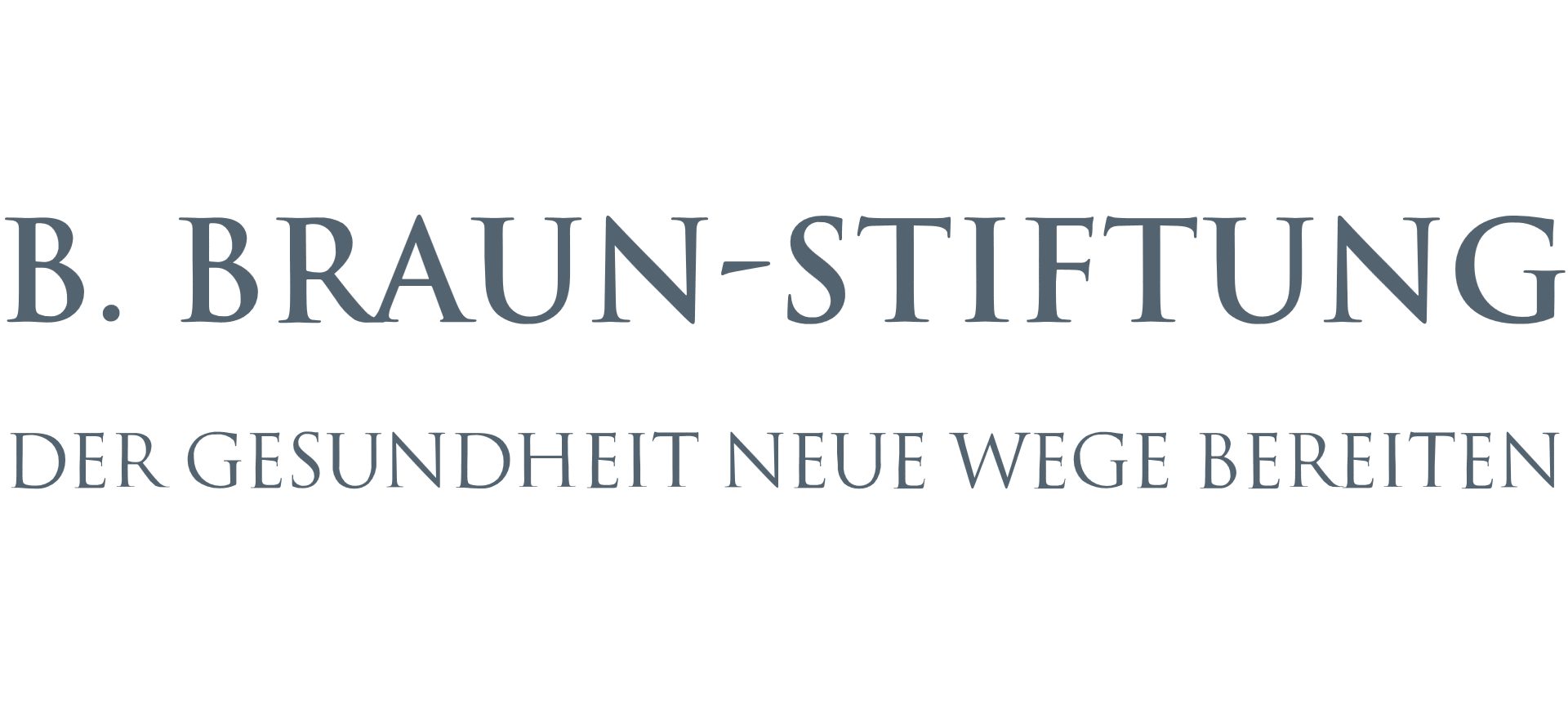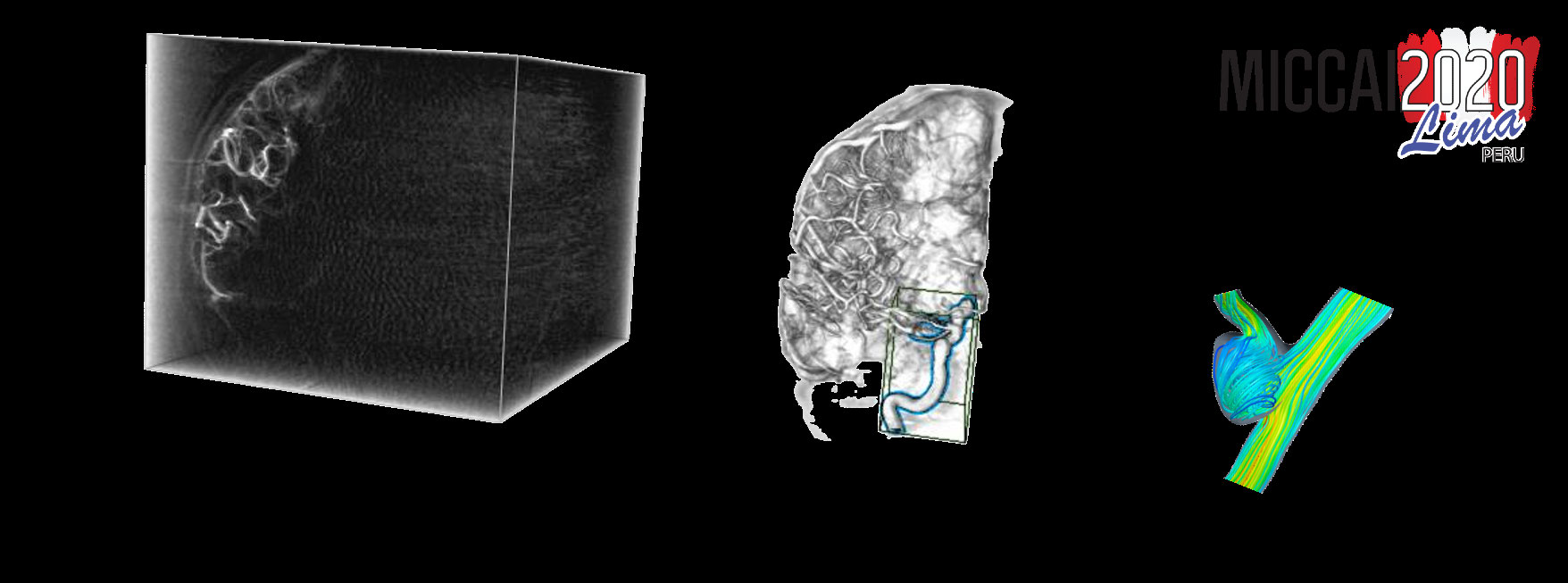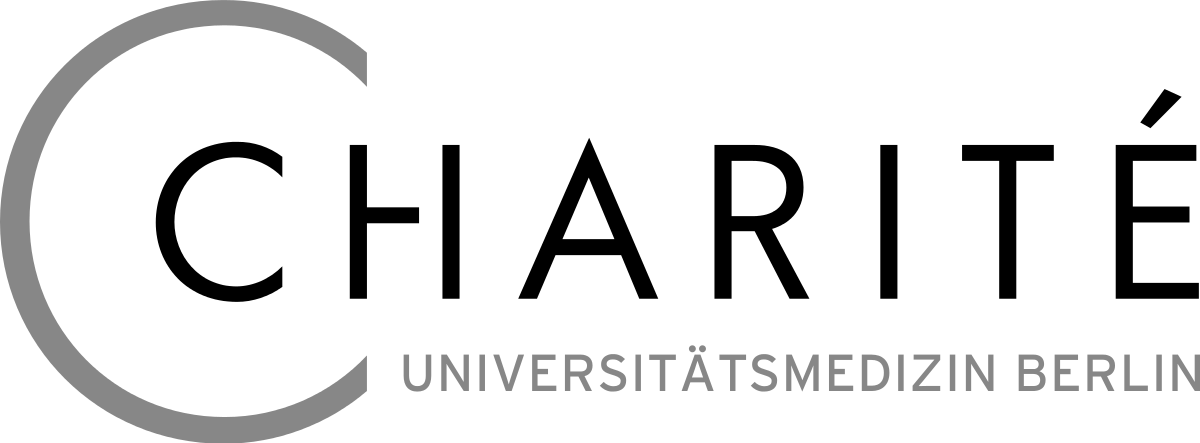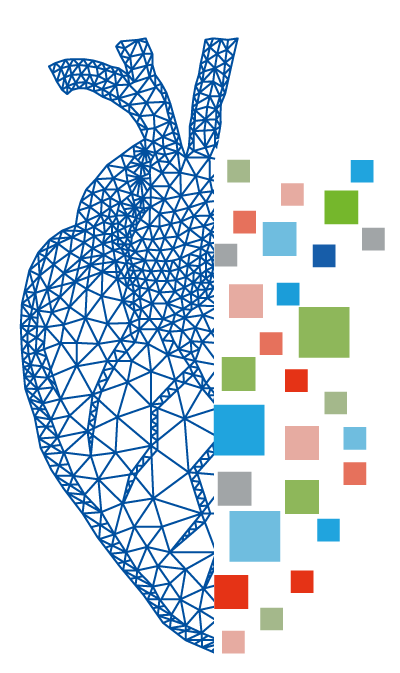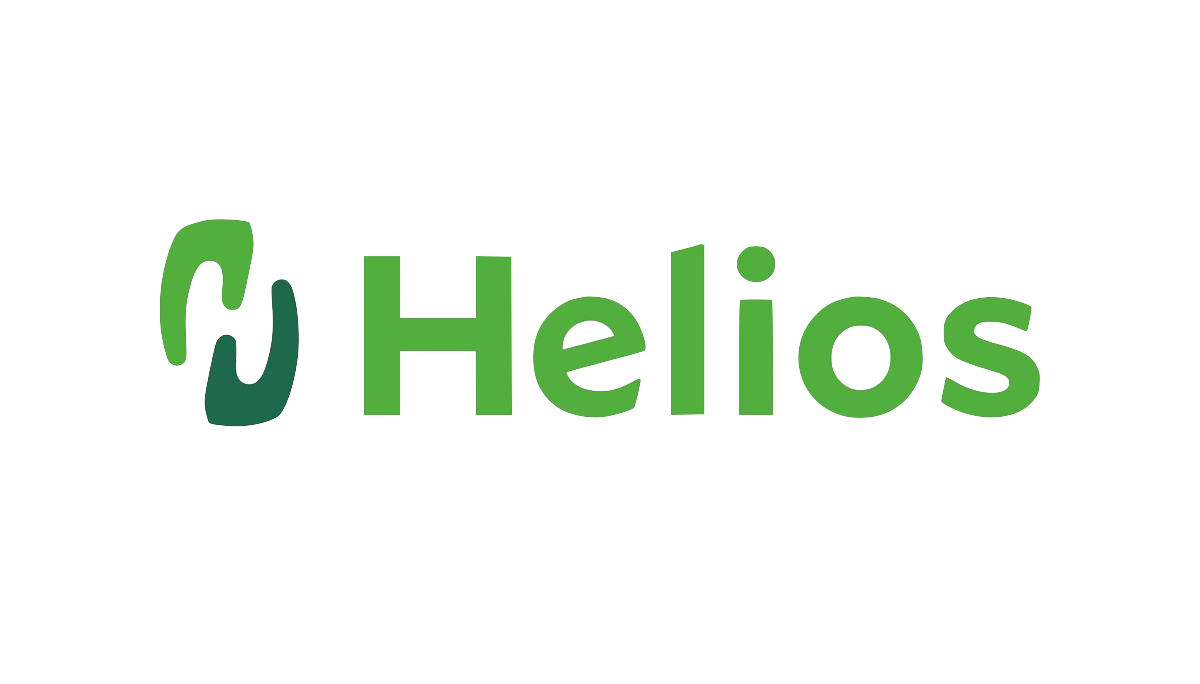CADA - Cerebral Aneurysm Detection
IMPORTANT NOTICE
For technical reasons, the 3-task-CADA challenge needed to be split up into three individual challenge web sites:
- Challenge for aneurysm detection (aka Task 1): CADA (this page, also contains all the overview information)
- Challenge for aneurysm segmentation (aka Task 2): CADA-AS
- Challenge for aneurysm rupture risk estimation (aka Task 3): CADA-RRE
For those who already registered before the this change and want to participate in Tasks 2 or 3, this means that you have to re-register for the new separate challenges! Of course, you do not have to send another email if you already did (but if you have not been accepted for 3 days, we would be grateful for a reminder email). Sorry for the inconvenience!
Introduction
Cerebral aneurysms are local dilations of arterial blood vessels caused by a weakness of the vessel wall. Subarachnoid hemorrhage (SAH) caused by the rupture of a cerebral aneurysm is a life-threatening condition associated with high mortality and morbidity. The mortality rate is above 40%, and even in case of survival cognitive impairment can affect patients for a long time.
It is therefore highly desirable to detect aneurysms early and decide about the appropriate rupture prevention strategy. Diagnosis and treatment planning is based on angiographic imaging using MRI, CT, or X-ray rotation angiography.
Major goals in image analysis are the detection and risk assessment of aneurysms. We, therefore, subdivided the challenge into three categories. The first task is finding the aneurysm; the second task is the accurate segmentation to allow for a longitudinal assessment of the development of suspicious aneurysms. The third task is the estimation of the rupture risk of the aneurysm.
Lifecycle Type
This challenge will be initially organized as a one-time event with a fixed submission deadline at MICCAI 2020. Our envisioned goal is to extend the dataset with additional cases and modalities and potentially establish a recurring workshop event to support progress in this application field.
Challenge Venue and Platform
We intend to organize the challenge such that it is connected with a half-day MICCAI workshop. For challenge management, we will use the Grand-challenge.org platform. In case of acceptance, we will provide a website for this challenge.
Participation Policies
The degree of user interactions allowed for the algorithms is chosen differently for the three application classes:
- Aneurysm Detection
No user interaction allowed. We will support submissions of docker containers with automatic methods as well as processing results stored in the specified format. - Aneurysm Segmentation (sub-challenge is here)
Semi-automatic methods are allowed. The degree of interaction, as well as the training of the persons involved in creating the results, must be described in the submission paper.
Three types of submissions are accepted:
· docker containers with automatic methods
· automatic processing results
· interactive processing results - Rupture Risk Estimation (sub-challenge is here)
Semi-automatic methods are allowed. The degree of interaction, as well as the training of the persons involved in creating the results, must be described in the submission paper.
types of submissions are accepted.
· docker containers with automatic methods· processing results
Our dataset is relatively small, so it will be worthwhile to see how pretraining using different datasets might help. We encourage participants to make use of existing data and solutions. The use of such additional data for training or validation must be disclosed in the submission paper.
Members of the organization team and group members with an unfair advantage through earlier data access are allowed to submit their results but are not eligible for the awards.
We will award three prizes per class.
We intend to announce the five top-performing methods per class publicly at the workshop. All participants will receive their results as well as their ranking position per email and can decide whether they prefer an anonymous appearance of their method in the ranking table or if they do not want to make their result public at all.
We plan to organize proceedings with the papers corresponding to the submitted solutions in LNCS. The challenge results will be published in two separate journal submissions. The first one will focus on the results of the detection and segmentation challenges. The second paper will present the results for the risk prediction.
For the challenge papers, we intend to include two members per team as co-authors and expect the team to specify the contribution of these team members. We expect the contributors to wait with journal submissions on their individual approaches until the challenge papers have been accepted in order to be able to cite them.
